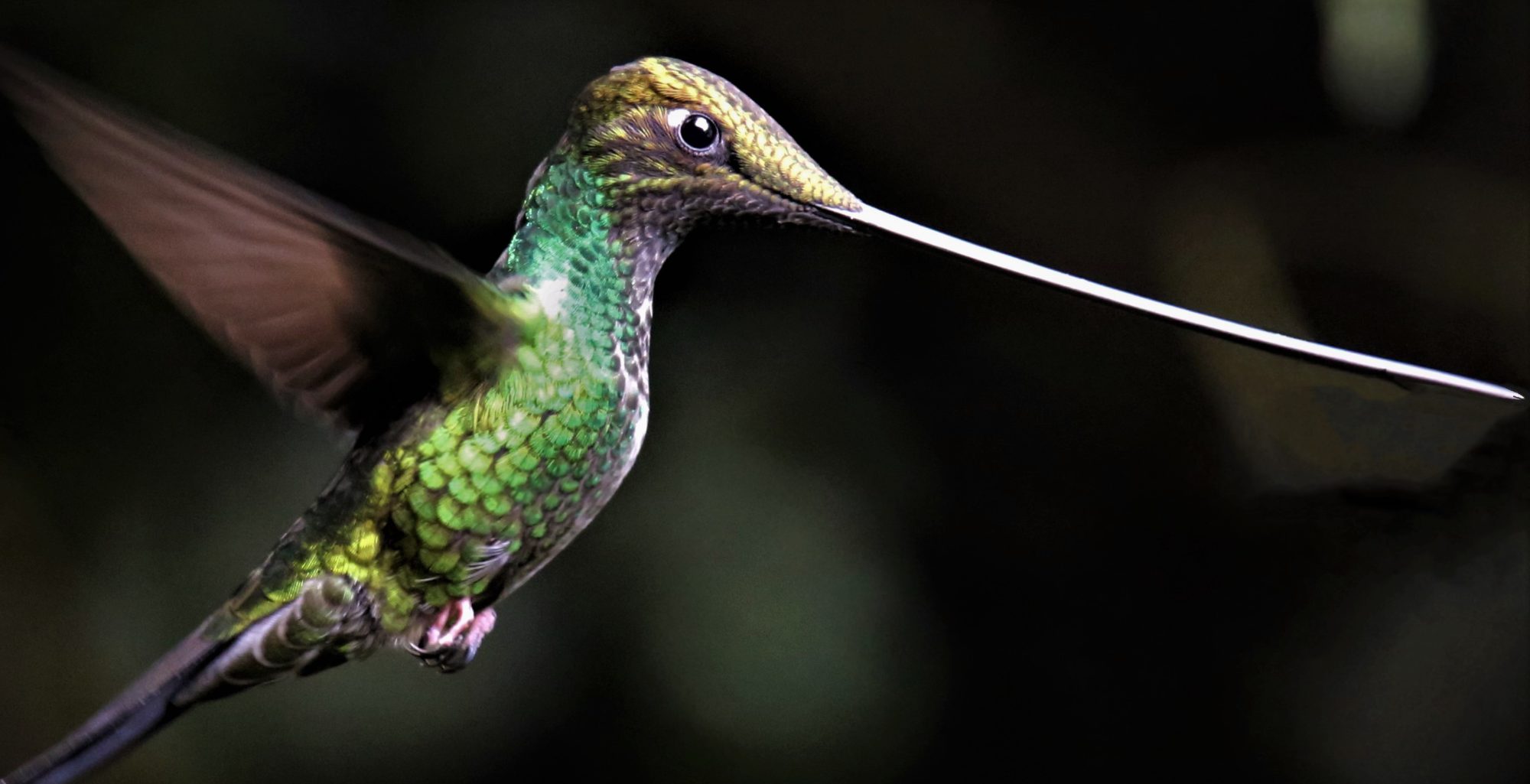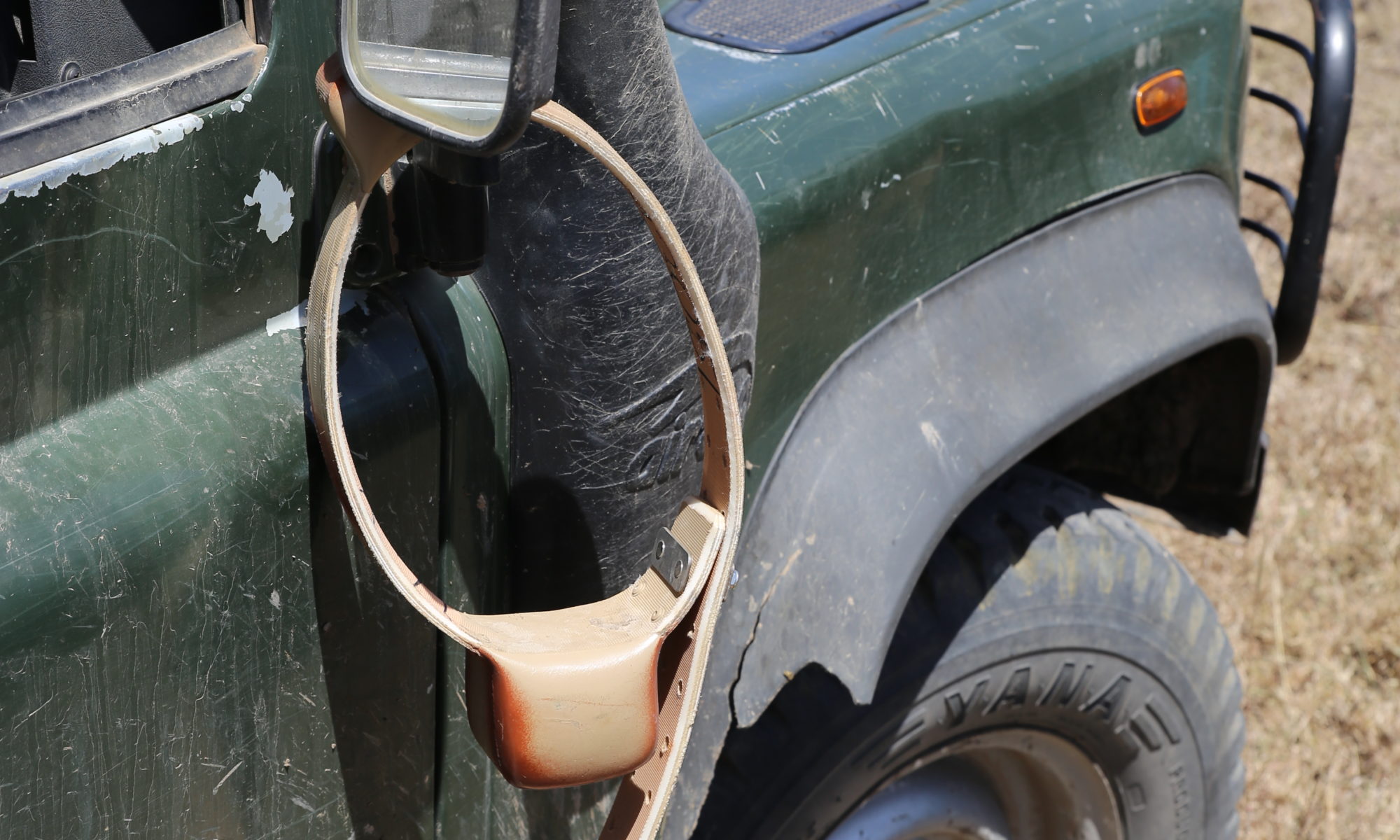Many of you may look at this photo and wonder what you are looking at wrapped around the mirror of the vehicle. When I first saw it I knew exactly what it was, and it represented hope of seeing something I never in my wildest dreams thought I might get a chance to see in person. Dr. Jake Goheen, one of the three primary investigators on the BHA project that was currently on site, was sure he had secured a permit from the Kenyan government organization in charge of scientific investigations involving monitoring big animals. The brown device is a tracking collar meant to fit on an adult lioness. I had seen them fitted on lions in the Serengeti and in Ngorongoro crater. To put them on a lion you don’t say, “Here kitty, kitty,” and wait for them to sit down beside you. You have to get close enough to have a clear shot with a tranquilizing gun, and that shot has to be taken by someone licensed to do it. Jake spent an incredible amount of time in preparation for the moment that he could call the veterinarian at Ol Pejeta to pull the trigger to immobilize the lioness he had chosen. Jake is an expert in mammals and familiar with risks and protocols for such an event. He called the official in charge one last time, while he was waiting for the veterinarian to arrive at the site where a lioness had been identified as a candidate. All he needed was the OK he had assurance he would get.
Back up to July 2018, and the headline story for a wildlife conservation effort was “Eight Critically Endangered Black Rhinos Die in Kenya After Being Transported.” This tragic event put the Kenya Wildlife Service (KWS) under considerable scrutiny. Even though Dr. Jake had been working on securing this permit for more than a year, and the circumstances were completely different—lions are not endangered; they have different physiology; and the animal was not going to be transported—the KWS had concerns. The biggest concern being the pressure that the organization would be under if something went wrong.
The final word on the day I was there was No Go, with the statement that by Monday (it was late Friday afternoon) permission would likely be granted. Officially for the day it was postponed. Jake’s vehicle moved a bit closer to where the lions were located, so the vehicle I was in could have a better opportunity for photos, and the nervous lions scattered. Monday came and permission was not granted; Tuesday, the same. The collar would remain unused.
There was nothing that could be done except wish him success in the future.
For more pictures from Ol Pejeta Conservancy click here


